
The directorial debut of veteran character actor Charles Martin Smith, Trick or Treat (1986), tells a story grounded in rites, rituals, and rock. Its inaugural sequence, a bravura portrait of suburban teenage alienation, locates its protagonist, baby-faced headbanger Eddie Weinbauer (Marc Price, aka Skippy from Family Ties), alone in his bedroom, which, with its cathedral-like A-frame ceiling, chiaroscuro lighting, and carefully arranged posters, records, tower speakers, studded accessories, and candles, has been converted into a veritable shrine to the metal gods, with an image of Sammi Curr (Tony Fields)—an infamous shock-rock singer-guitarist who once attended Eddie’s jock-dominated high school—occupying the altar. In a device reminiscent of Paul Schrader’s “God’s Lonely Man” character studies, we see Eddie, who has adopted the nom-de-metal “Ragman,” write in a spiral notebook, composing what will be the last in a series of cris du Curr. “I can’t believe they canceled your Halloween concert,” Eddie recites in a whimpering voiceover. “It’s like you say: Rock’s chosen warriors will rule the apocalypse.”
Elsewhere in this oddly endearing dispatch from the doldrums, Eddie confesses to having some “radical thoughts” and alludes to suicidal ideation. “The only thing that holds me together,” Eddie pledges to Curr, “is you.” Moments later, Eddie finds out that Curr has died in a hotel fire. Eddie works himself into a frenzy of grief and tears down every poster in his bedroom except that of Curr (the only fictional rocker on display). Thus, in an impressively terse amount of screentime, Trick or Treat depicts how adolescent identification with music seems to compress the space between a listener and the artist they revere. When that artist literally comes back from the dead, as is the case in Trick or Treat, this proximity proves hazardous, and, by the end, will have to be renegotiated so that outsider Eddie can realize his autonomy.
Any description of the opening sequence of Trick or Treat would be woefully incomplete, however, without mentioning “Stand Up” and “Tear Down the Walls,” the songs that underscore these scenes, the first with a huge guitar sound and a prowling, mid-tempo call to join the rock army, the second a speedier riff-oriented number whose titular instruction prompts Eddie’s fit of décor reduction. Both of these tracks, like every track in the film, are by Fastway, a band whose lineup featured members of Motörhead and UFO but who never attained a level of fame on par with, say, Gene Simmons or Ozzy Osbourne, both of whom appear in cameo roles in Trick or Treat, the former as a DJ, friend to Curr, and father figure to the fatherless Eddie, the latter as a flustered evangelical preacher who guests on a TV talk show to condemn heavy metal for its sexually explicit lyrics.

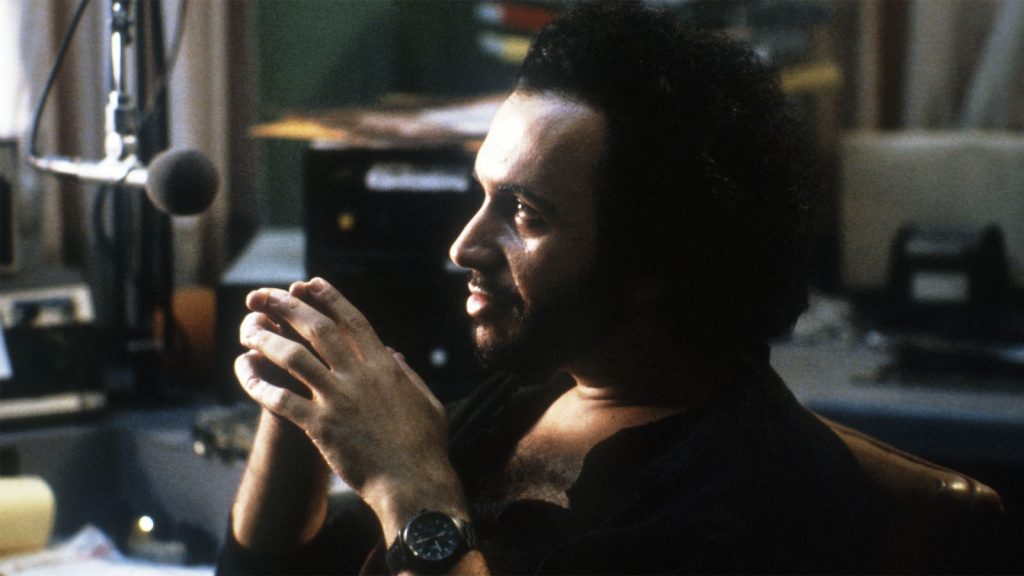
A lack of familiarity with Fastway serves any viewer of Trick or Treat well, since the film essentially presents the band’s songs as Curr’s. In turn, it seems that with the passage of time, Trick or Treat’s cult status has also served the band well. Some months back, flipping through the used section at my local record retailer, I came across an original pressing of Fastway’s soundtrack. I retain an enormous affection for Trick or Treat and have been watching it with some regularity since childhood, but my temptation to purchase the soundtrack was swiftly quashed upon seeing the asking price: $100. It’s a stunning figure, especially when weighed against the $4.98 I shelled out for my Platinum Disc Corporation DVD of Trick or Treat, the one that gives top (and sole) billing to Simmons and Osbourne, whose faces grace its garish cover, even though the pair appear in the film for a combined runtime of about four minutes. It’s a shameless marketing stunt presumably intended to appeal to devoted metalheads like Eddie, who came of age in the 1980s, when being a metalhead could place one in a highly precarious social position.
Written by Michael S. Murphey, Rhet Topham, and Joel Soisson, Trick or Treat functions as a time capsule, trading in tropes from a highly specific moment in American culture. Backward masking, product placement, and Satanic Ritual Abuse were all very topical in 1986 and are all elements in Trick or Treat’s gloriously goofy supernatural narrative. The censorious, now-defunct Parents Music Resource Center was only a year old when Trick or Treat was released, but parental anxiety regarding the perils of listening to rock music had been brewing for years and would continue for some years after (the West Memphis Three were found guilty of multiple counts of murder in 1994, with their predilection for metal playing no small part in the arguments that led to their convictions).
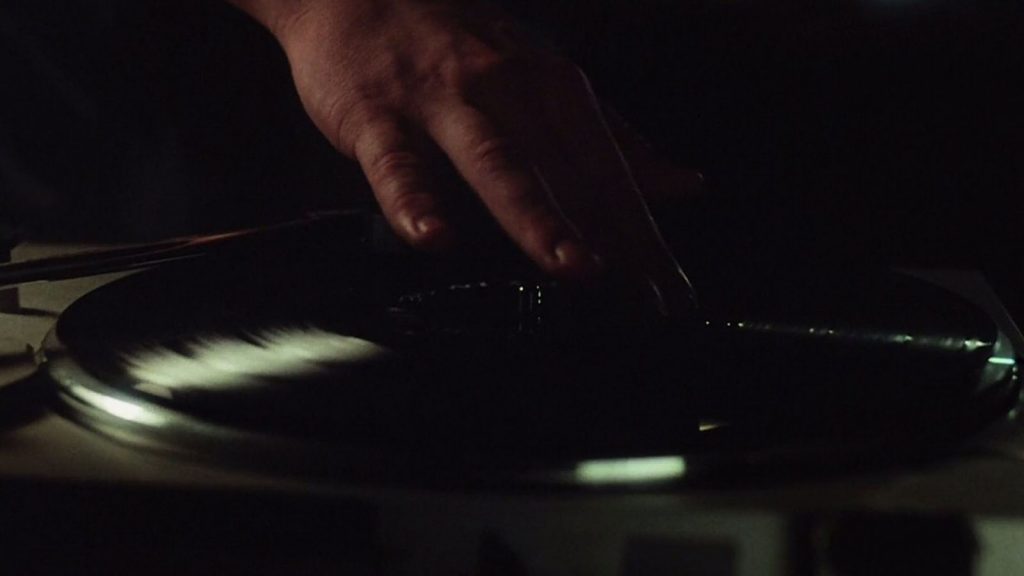
After Nuke (Simmons) gifts him the acetate master for Curr’s final, yet-to-be-released album, Eddie holes up in his bedroom for a one-man listening party that eventually finds him spinning the LP backwards on his turntable—and receiving what sound like instructions to taunt the varsity-jacketed assholes at school who mercilessly bully Eddie. Messages accessible only through phonetic reversal—whether inserted deliberately or heard as a result of apophenia, or the recognition of patterns in meaningless data—had been a thing going back at least as far as The Beatles’ “Revolution 9,” but in the 1980s it became tethered to the larger phenomena of Satanic panic. A huge part of Trick or Treat’s charm comes from the way it feeds conservative hysteria, using backwards masking as a means to literally summon an evil guy back from the dead while making a sympathetic protagonist out of exactly the sort of metal-loving kids who leapt at the chance to seek out such cultish messaging and were typically characterized as lazy, mentally deficient, casual sadists whose will could easily be co-opted by the Devil.
Initially, the words deciphered in Curr’s recordings—e.g., “metal machines, 66 crush”—serve only as cryptic inspiration, requiring Eddie to concoct elaborate schemes to confront his tormenters, such as a chase through classrooms and corridors in which tables, chairs, and brass instruments become obstacles causing Eddie’s pursuers to stumble, injure themselves, and get in hot water with the teaching staff, or a meeting in a shop class full of power tools that ends with Tim (Doug Savant), the sub–James Spader bully king, getting his skinny tie trapped in a vice and his eyeball nearly pierced by a power drill. It’s only when Curr gets more loquacious and goads Eddie into upping the ante that discord starts seeping into their idol-fan dynamic. When Eddie suggests it’s time to pull the plug on their vendetta, Curr replies with pithy maxims that could easily double as Fastway lyrics: “No wimps! No false metal!”
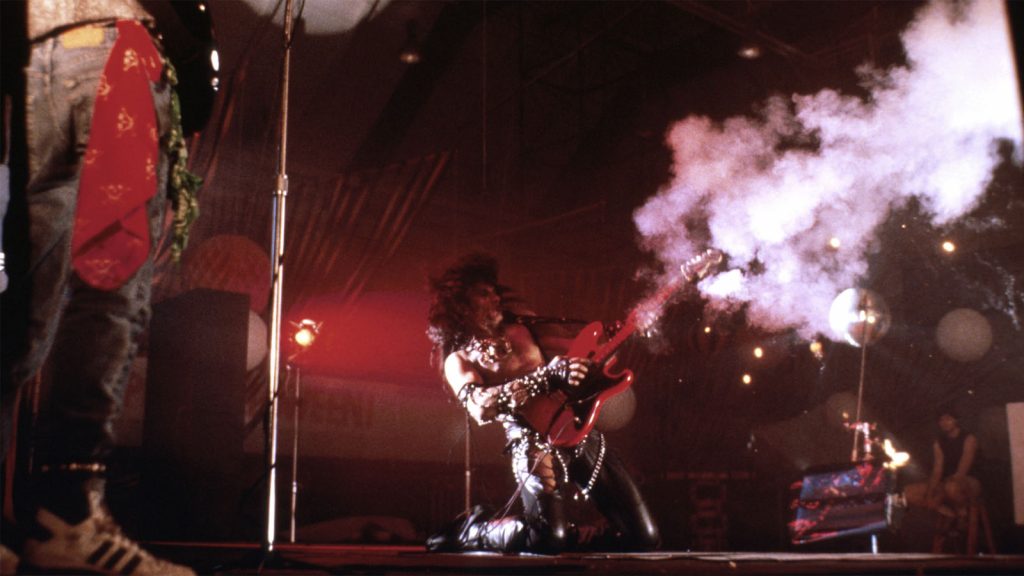
Trick or Treat thrusts into high gear when Curr goes from being simply a ghost in Eddie’s hi-fi to manifesting as a fully corporeal creature and one of the most memorable villains in ’80s horror. Curr is a long-limbed, bare-chested, ultra-queer, leather pants-wearing, heavily made-up rock monster that’s part Iggy Pop, part King Diamond, part Mikhail Baryshnikov—this demon can really dance! (In fact, Fields trained in both dance and gymnastics before touring with Debbie Reynolds and eventually being recruited into Solid Gold’s flash-boogie ensemble.) We see a faux archival video of Curr ripping a snake’s head off with his teeth and showering his naked torso with its geyser of blood. In a device that never totally makes sense (and also, who cares?), Curr’s resurrections depend on electrical currents and, as a result, he can take control of anything that uses electricity, including a Walkman that winds up raping a big-haired bopper during a break from a backseat tryst and Eddie’s jalopy—a likely unintentional nod to Maximum Overdrive, also released in 1986. While he delights in aiding Eddie’s revenge, Curr’s real agenda is to play the Halloween dance party at Eddie’s high school that, as alluded to above, had been canceled due to community pressure. This is where the film’s homage to Carrie (1976), already hinted at in an early locker-room humiliation sequence, comes to full fruition in a hugely enjoyable set piece involving much cartoon carnage—including the sudden combustion of Smith in a bit part as the school principal. (For those who haven’t seen it, it’s worth noting that Trick or Treat’s comical elements are not of the so-bad-it’s-good variety. The film is very much funny on purpose: see Eddie’s buddy Roger Hoovering up the smoking remains of an elderly TV commentator from his mom’s carpet, the marquee of a local cinema screening something called Lunch of the Dead, or the moment when the murderous Curr is foiled by a toilet bowl.)
I don’t believe in regarding any film as a guilty pleasure—if you feel guilty about a film giving you pleasure, you might have bigger problems—but in the past, Trick or Treat was the sort of film I’d recommended with certain caveats. I no longer retain those caveats. Photographed in frequently gorgeous North Carolina locations by the great Robert Elswit (There Will Be Blood), Trick or Treat is both silly and smart, irreverent and tender, mainstream and metal. Whether or not you respond to Fastway’s brand of rippers has little to do with their efficacy in capturing the tenor of Eddie’s inner state and propelling the story forward, while the film’s attentiveness to both the universal and ’80s-specific aspects of adolescent turmoil infuse it with what has emerged over time as a singular sense of character. Trick or Treat deserves to live on and be seen in better circumstances than offered by my Platinum Disc Corporation DVD, so it’s very much worth celebrating that Synapse Films is releasing a 4K restoration and that Bloody Disgusting presents the film’s streaming debut (!!) just in time for Halloween. 🩸
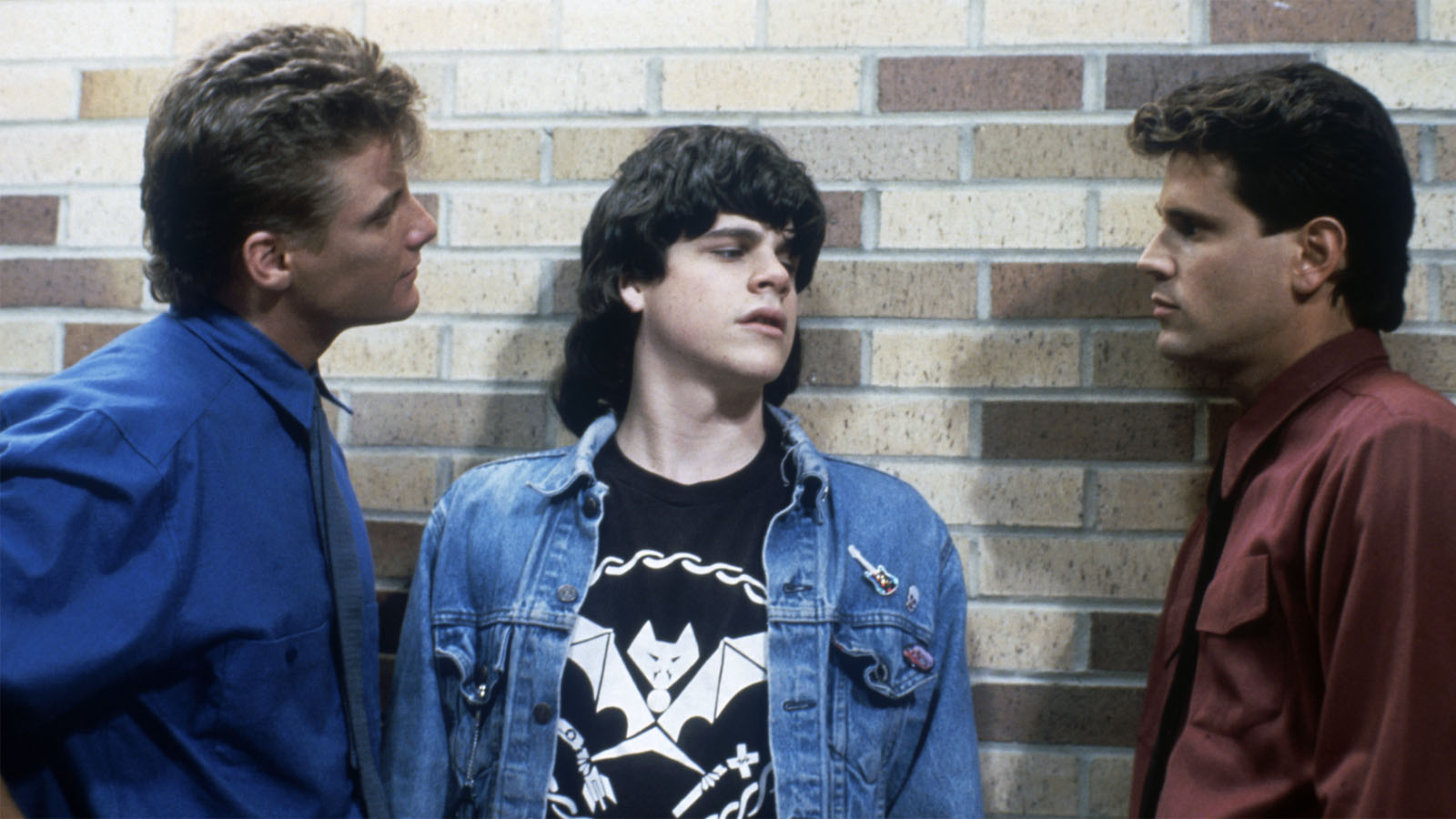
is a freelance critic and playwright.
The way horror film series typically work is that the first entry is notable, for whatever reason—it’s a great movie, it’s popular, it infiltrates...
BY COLIN FLEMING | October 31, 20231
Within Michael Mann’s oeuvre of slick urban crime dramas and thrillers, his lone horror-fantasy film The Keep is an overlooked outlier, virtually ignored since its initial release in 1983.
BY MARGARET BARTON-FUMO | October 31, 2021
Consider the Dies Irae. Eight dire notes to remind you that you are going to die. This musical phrase from a 13th-century plainchant about Judgment Day booms famously over...
BY TOM PHELAN | July 26, 2024

This pre-Code offering packs a lot of story into its typically brisk running time, with several plot threads weaving together a (not always successful) tapestry of spooky and criminal doings.
READ MORE >
BY ANN OLSSON | Month 00, 2021
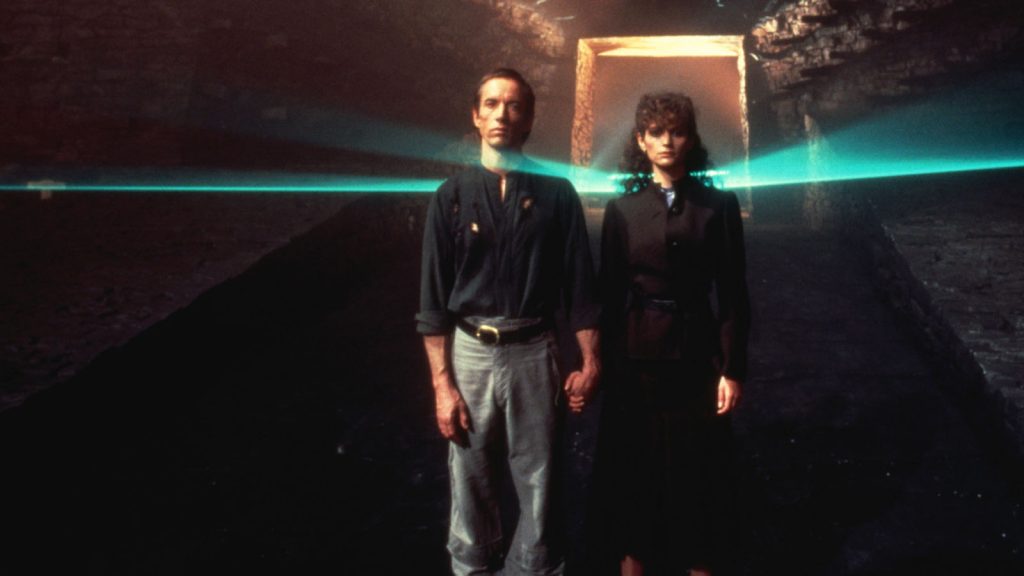
In what could be the fastest-resulting rape revenge movie, a drunken lout brutally forces himself on Ida, the young woman who doesn't return his affections, during a party over Labor Day.
READ MORE >
BY LAURA KERN | Month 00, 2021

Beast is a lot of movies in one package - fractured fairy tale, belated-coming-of-age story, psychological drama, regional horror film - but above all it's a calling card for its leading lady, Jessie Buckley.
READ MORE >
BY LAURA KERN | Month 00, 2021